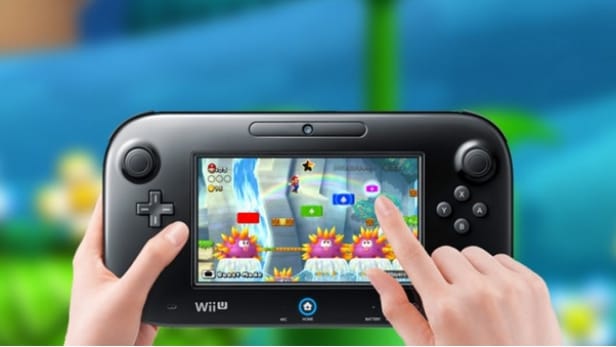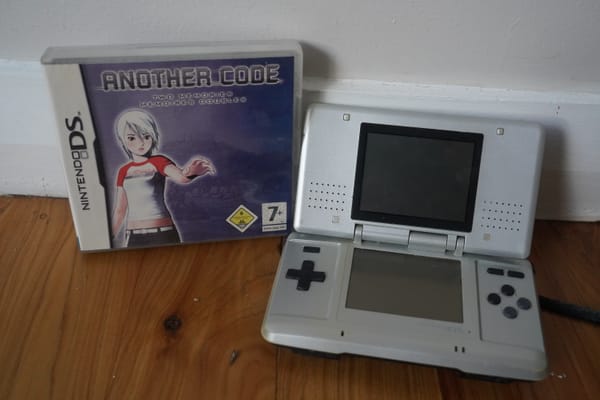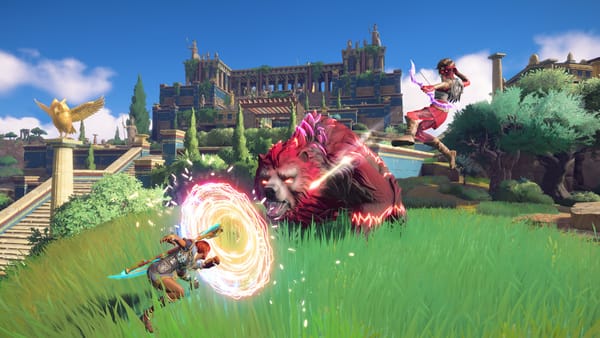Trinest Talks: Wii U End of Life Prediction

Anyone thinking for a moment that the Wii U would last a full generation is kidding themselves. Things are slowing down and midway people will be seeing amazing product coming from the competing consoles. Nintendo however will be just floating around if they even try to get the console the full yard. While it is possible they might be developing some blockbuster titles to get it to the end of the generation, it seems like they are struggling to kick start the fire under the console and in terms of third party reception it already is flickering out. Watch_Dogs by Ubisoft anticipated that the game will be cancelled on the Wii U and smaller games such as Pac Man already been cancelled. EA and Activision aren’t releasing anything on the console (though Activision is doing its Spyro games) and other big hitter companies slowing down what seems to be released on the Wii U, the question needs to be asked, what is next?
Counting this line of thinking, Nintendo would need to release new hardware with a new image to project itself once more to the market. The Wii U could be potentially saved, but this isn’t the topic of the article, what is been discussed is if Nintendo abandoned ship, how long would it take to build up product and release the required titles and present their new hardware to gain mind share. We will live in a world in which the Wii U is considered an attachment for the original Wii console, or non-existent altogether. So it is key that if refocus in hardware is the solution, it should be aiming for a 2016 launch.
First let’s talk about games we know are coming out, potentially this year or pushed into 2015 from Nintendo. We have Donkey Kong: Tropical Freeze which will release the end of next month. Mario Kart 8 was dated yesterday as a worldwide release in May. Unless a Nintendo Direct comes around with information on more games, these are the only games by Nintendo for this half of the year on the Wii U. We then have Super Smash Bros. getting a sequel this year which will fit most likely in Q4, Hyrule Warriors and Bayonetta 2 also in the second half of the year. While X is also pinned down for a 2014 release, it could be delayed or not see a western release until 2015, especially due to past Monolith Soft release schedules.
Other games such as Yarn Yoshi seem like a wild card for this year, and could potentially be released any time of the year. However like Shin Megami Tensei x Fire Emblem, it could only see a Japanese release first or be pushed until 2015 depending on the title. One such title which has no release is The Legend of Zelda Wii U, which we know is coming. There is no chance that it will appear in 2014 as a release, so that leaves 2015 and potentially 2016 as release years. This starts us on some confusing territory on when these big main line games will be released.
While it is true, Nintendo is limiting the announcements of games until closer to release because of their Nintendo Direct videos. Many of the games which could potentially be shown are smaller in scale in the sense that they are titles like Yarn Yoshi and Mario 3D World. Titles which can easily be mocked up as well based on previous assets and entries in the series. No doubt we could even see another New Super Mario title, however what about the main line games? These games take a little longer to develop and for Nintendo still have quite large development cycles. What we know is that obviously a Mario and a Zelda will be out at some point, which means they will be hitting in the next two years. If Nintendo decided to release new hardware in that time frame however, we could end up seeing the Wii U as the first Nintendo console without a main Mario or Zelda title. Unless Nintendo releases these games like they did The Legend of Zelda: Twilight Princess, with a version on the previous console and a launch version on the upcoming console.
So that means main series games from major IPs are out. It also means we will see a small influx of unannounced games in vane of New Super Mario or 3D World if it is in an IP such as Mario. The eShop is also seeing some companies cancelling DLC, and quite possibly game releases. Nintendo plans to butter the eShop up with DS Virtual Console titles on the Wii U, however the release schedule for VC titles means we might only see a handful of DS titles for the platform, especially in PAL Lands in which there can be many weeks with no releases when other regions are given releases.
So the obvious smart move would be to move resources from the Wii U to the next console. Focusing on giving the launch line up of the console major releases in IPs which will skip the Wii U due to their development cycle. It is unknown if Nintendo will implement a system which will allow players to buy one game then use it across every platform. However if such a system existed, if Zelda or Mario appeared late in the Wii U life, Nintendo could offer these games to players if they bought it through the eShop for free on the next console.
From the investor meeting it seems Nintendo has some kind of uniting together idea for either hardware or software. It just depends on how it is implemented, however it isn’t a bad idea. Personally I still think that the 3DS and Wii U successors should be just one console. With the speed hardware is changing, they could potentially get Xbox One/PS4 graphics inside a handheld, and to offer the players into the console space they could give a dongle which wirelessly transmits the content from the handheld. Maybe even using it as a hub for local multiplayer.
In summery it appears Nintendo has already started, or should pace themselves for the next console. Allowing major releases to land in the launch window, and by offering a unified approach be it hardware or software or both to the gamer. The next hardware could also offer QOL features, such as incorporating the balance board and other existing hardware, or offering a step counter or other wearable tech features without been wearable tech for use in gaming and tracking consumer quality of life.





